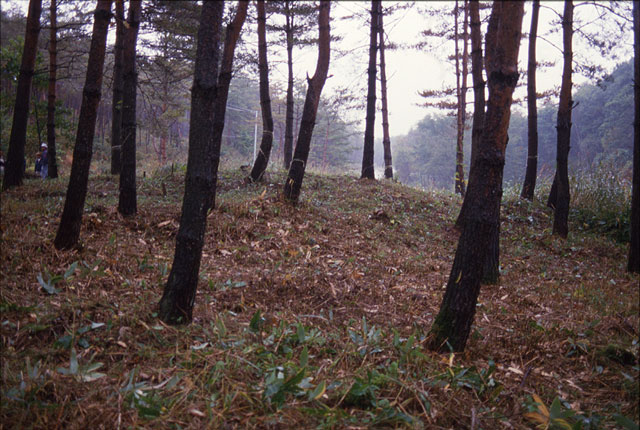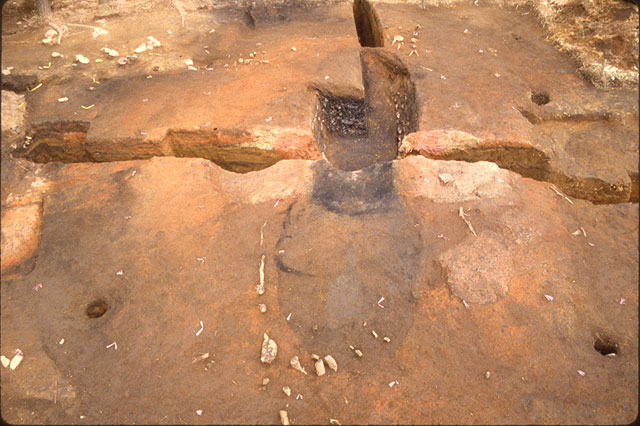
Tamagawa Iron Mountain trace

Tamagawa Iron Mountain trace
In the late 18th century, at the Morioka Pass, the iron and steel industry began to develop from the time when the Nakamuraya Iwazumisen was engaged in management. The iron piles of Kurasawa, Muroba, Itazawa, Serizawa and Tanabe Department developed during the year of Kansei (1789-1800) are called "Noda 5 iron piles", and of course Akita and Hirosaki, as well as Sendai and Mito Was also exported, raising the fame of Southern Iron. In addition, wholesalers are also set up during the cultural year (1804-1817). Cattlemen were active in transport to the inland area, new highways were also developed, and rice and cereals were carried in the return cargo, which also helped to improve the Yamamura economy.
At Hachinohe Pass, Hamaya Shigehachiro of Hida (Hida, Gifu) runs an iron and steel industry during the Bunsei year (1801 to 1829) from Kyowa, and the production volume is increasing. After that, Hachinohe Samurai manages Teyama and manages by appointing a wealthy merchant in the area as a manager. From this point onward, an iron pile called "Ono 6 Katetsuzan" has been developed in Shonai. One of these, Tamagawa Tetsuzan (Karume Town, designated historic site), is known to have been ordered to run by Tensho 5 years (1834), a well-known merchant of Karume Serizawa Kouemon.
